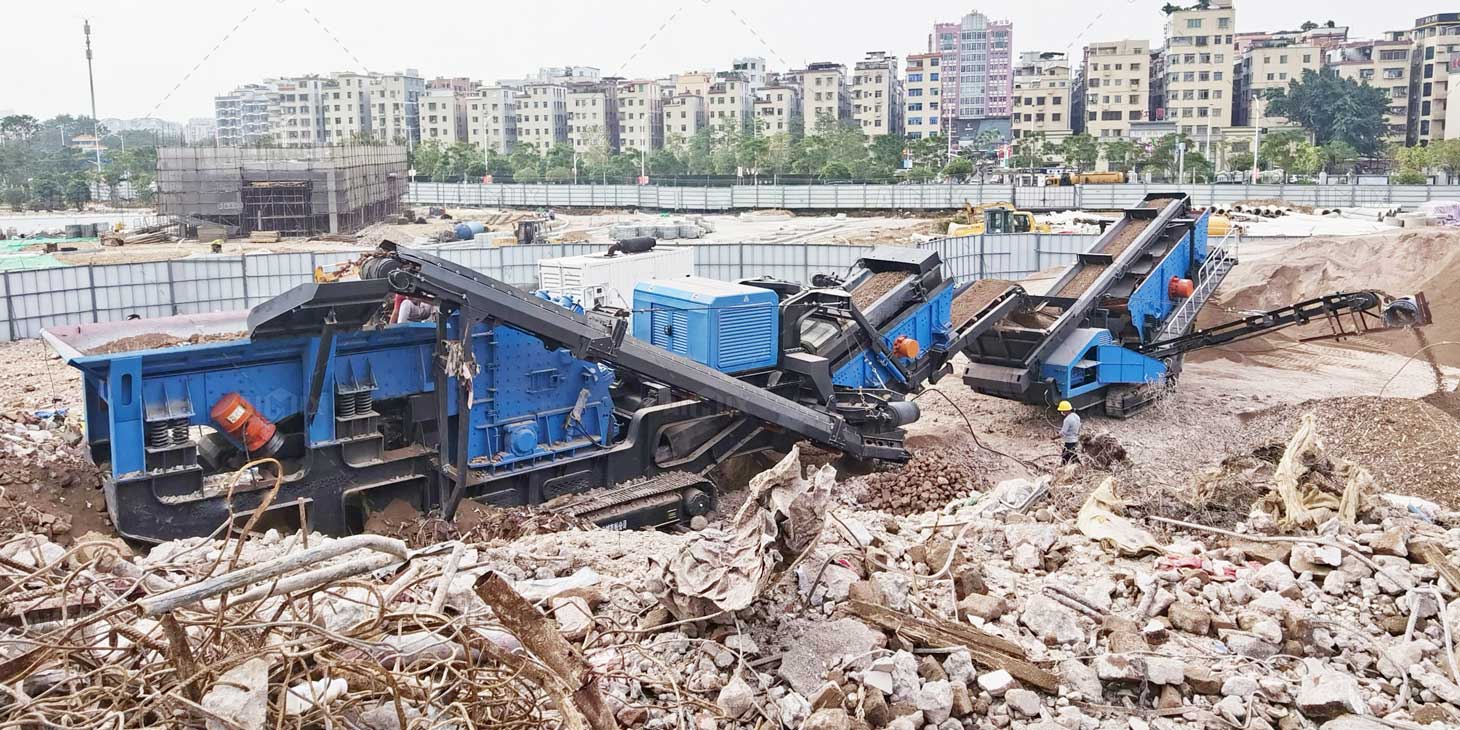The concrete crusher is having a moment. No longer just a brute-force machine relegated to remote quarries, it has been recast as a central protagonist in the narrative of modern development. Its rising demand isn’t a random market fluctuation; it’s the direct output of a powerful confluence of global trends reshaping our built environment. The industry’s trajectory is being dictated by a fundamental recalibration of how we build, what we build with, and the economic and environmental calculus that underpins it all. To understand the concrete crusher’s burgeoning role is to decode the core forces—from urban regeneration and sustainability mandates to colossal infrastructure ambitions and a new operational ethos—that are fundamentally restructuring the construction ecosystem. This is a deep dive into the engine of this demand.

## The Urban Rebirth: Demolition and the Circular Construction Mandate
The skyline of the modern city is a dynamic entity, constantly shedding its old skin to make way for the new. This cycle of urban densification and renewal is a primary engine for concrete crusher demand. As aging commercial structures and outdated residential blocks are decommissioned, they present a monumental logistical and environmental challenge: what to do with the resulting mountain of rubble? The traditional model of "demolish, haul, and landfill" is no longer tenable. It's economically draining and ecologically indefensible. Enter the mobile concrete crusher, the linchpin of the circular construction economy. Deployed directly on the demolition site, these units perform a kind of industrial alchemy, transforming waste concrete into valuable, certified recycled aggregate. This material is no longer a mere subgrade fill; it's a specified component in new construction, closing the loop and turning a massive cost liability—haulage and tipping fees—into a revenue-generating asset. This paradigm shift, driven by stringent landfill regulations and the pursuit of green building certifications, has made the crusher an indispensable tool for any contractor operating in the urban fabric.
## The Infrastructure Surge: Mega-Projects and Aggregate Appetite
Simultaneously, on a macro scale, governments worldwide are unleashing historic waves of investment into public infrastructure. We're talking high-speed rail networks, new highway systems, port expansions, and energy projects of a scale that demands staggering volumes of aggregate. These are not single-site projects but linear, sprawling endeavors that stretch across dozens or even hundreds of kilometers. The economics of transporting virgin aggregate from a fixed, distant quarry to various points along this corridor are prohibitively expensive. The strategic response has been the decentralization of aggregate production. Mobile and semi-[mobile crushing plants](https://aimixgroup.com/stone-crusher-plants/mobile-type/) are deployed to established or temporary quarries along the project's path, producing material exactly where and when it is needed. This approach slashes the carbon footprint and financial burden of long-haul trucking. The crusher, in this context, becomes a force multiplier for mega-projects, enabling the efficient, localized sourcing of foundational materials and keeping these colossal undertakings on schedule and within budget.

## The Tech-Driven Shift: Agility Over Monolithic Presence
Underpinning these macro trends is a fundamental technological and philosophical shift in equipment strategy. The industry is moving away from the monolithic, fixed-plant mentality toward a new ethos of agility and operational fluidity. Modern [mobile impact crushers](https://aimixgroup.com/stone-crusher-plants/mobile-type/impact-type/), especially track-mounted units, are marvels of mobility and rapid deployment. They can be set up and crushing in a fraction of the time it takes to commission a fixed plant, and they can navigate rough, confined sites with ease. This agility unlocks new business models. A contractor is no longer tethered to a single quarry but can pursue multiple, smaller-scale projects, from processing a stockpile at an existing quarry to setting up a temporary operation for a specific contract. Furthermore, technological integration—like advanced telematics for monitoring production and wear parts, and remote-control operation for enhanced safety—is making these machines smarter, more efficient, and more productive. This evolution from a static capital asset to a nimble, tech-enabled production pod is the final core factor. It’s not just about having crushing power; it’s about having the right kind of power, in the right place, at the right time, with the right data to maximize its potential. The demand for crushers is, therefore, a demand for strategic flexibility itself.


Comments
No comments yet. Be the first to react!